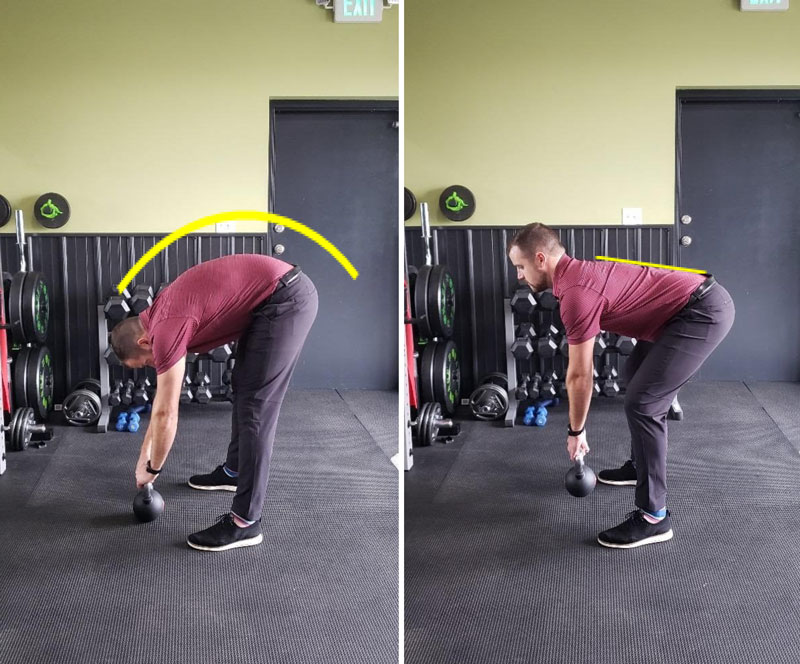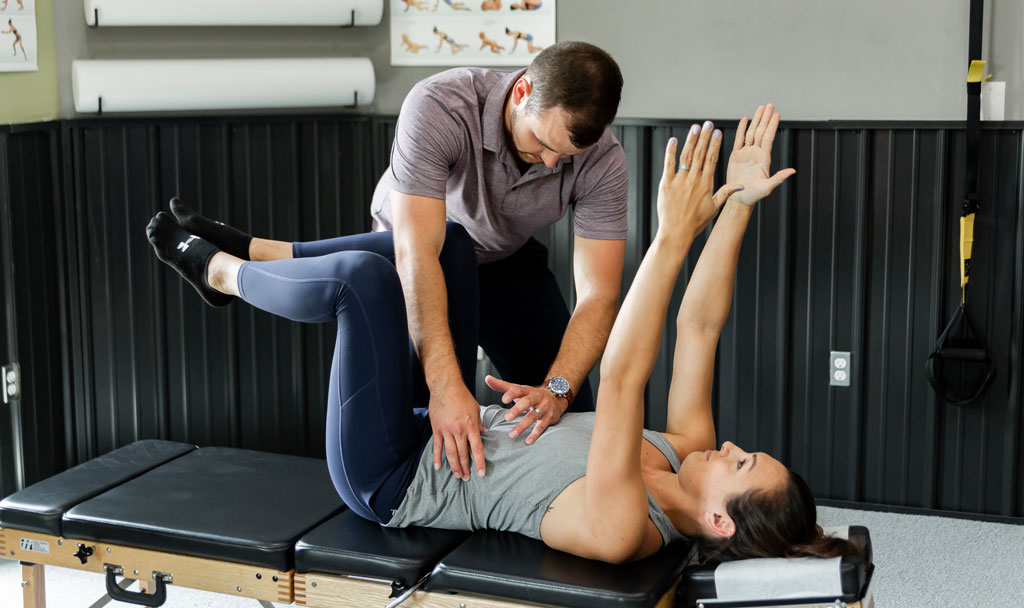Back pain is more common than you think. In the United States, nearly 20% of Americans report a recent episode of back pain, and 8% of all adults report persistent chronic low back pain. Even crazier, low back pain is the leading cause of work limitations and unemployment, which leads to decreased wages. No one wants to have low back pain, especially when it becomes so severe that it interferes with sleeping, working, and even dressing yourself. So what can we do for it? Most people’s minds automatically rush to muscle relaxants, corticosteroids such as flexeril, or even dreadful surgery. What if I told you, more often than not, relief from back pain can be achieved by some very powerful yet simple exercises that you can do at home. So let’s look at these exercises and see why they are so essential in helping getting pain relief from back pain!
It is important to note that if you have a serious injury that was due to trauma, have had past low back surgery, or have serious comorbidities; one should consult a physician before performing these exercises!
PRONE PRESS UPS
This first exercise is to help low back pain and radiating pain into the legs. Often we become restricted in some joints such as in our lumbar spine, simply because we do not move into those positions enough. When this happens, our body can lay down trigger points (also known as “knots”) and cause pain with certain movements. The way to combat this is by repetitively moving into those uncomfortable motions, that motion most commonly being extension.
Directions:
Step 1: Start on your stomach face first. Rest there till there is no pain or discomfort.
Step 2: Then transition to supporting your upper body with your elbows. Rest there till there is no longer any pain or discomfort.
Step3: Next, with your palms by your shoulders, press up as one would do during a push up. Straighten the arms all the way. Rest at the top for 2 seconds, lower and repeat. Perform 3 set of 10.
Supported 90/90 DEAD BUGS
One of the most important ways we stabilize our low back is by breathing correctly. When we properly breathe using our diaphragm, it descends into our abdomen, causing our stomach to expand like a balloon. Just as a balloon expands 360 degrees so should our core. This creates pressure that helps stabilize our low back and reduce pain.
Directions:
Lay on your low back with your hips at 90 degrees along with your knees at 90 degrees. Your legs should be supported by either a chair or couch. Then put your fingers on the out/backside of your stomach. Close your eyes, breathe in and out through your nose. Focus on pushing out your fingers every time you breathe in. Try to keep the chest from rising and only allow your stomach to expand.
In the above image the stomach is partially sucked in while in the below image it is expanded like it should be
Hip Hinge: Neutral Lumbar Spine
The third exercise/movement we can use to combat low back pain is the hip hinge. Being able to bend over and pick up items off the floor with a proper hip hinge is extremely important for protecting one’s low back. When we hip hinge properly we stop excessive loading of the lumbar spine which ensures we will not injure ourselves in everyday life.
Directions:
Focus on bracing (tightening) your stomach and then start to move your hips directly backwards as if you were sitting in a chair. As you do this slightly bend your knees and keep your whole foot flat on the floor without rocking back onto your heels. Reach to the ground and grab for a weight of your choice and then stand back up. You should feel a pull in the back of your legs and no pain in your low back. Perform 3 sets of 10 so that you can get used to this movement and incorporate this into your daily life.
The left image is a poor example of a hip hinge, while the image on the right is how it should be performed:

WE CAN HELP
If you feel like you’re having issues like this or something similar, call us today at 260-927-0581 or schedule an appointment online! There is no reason to live in pain. As always, we are here for you at ProActive Spine & Joint.
Move well, live well: that’s what we want for our community and for you.

